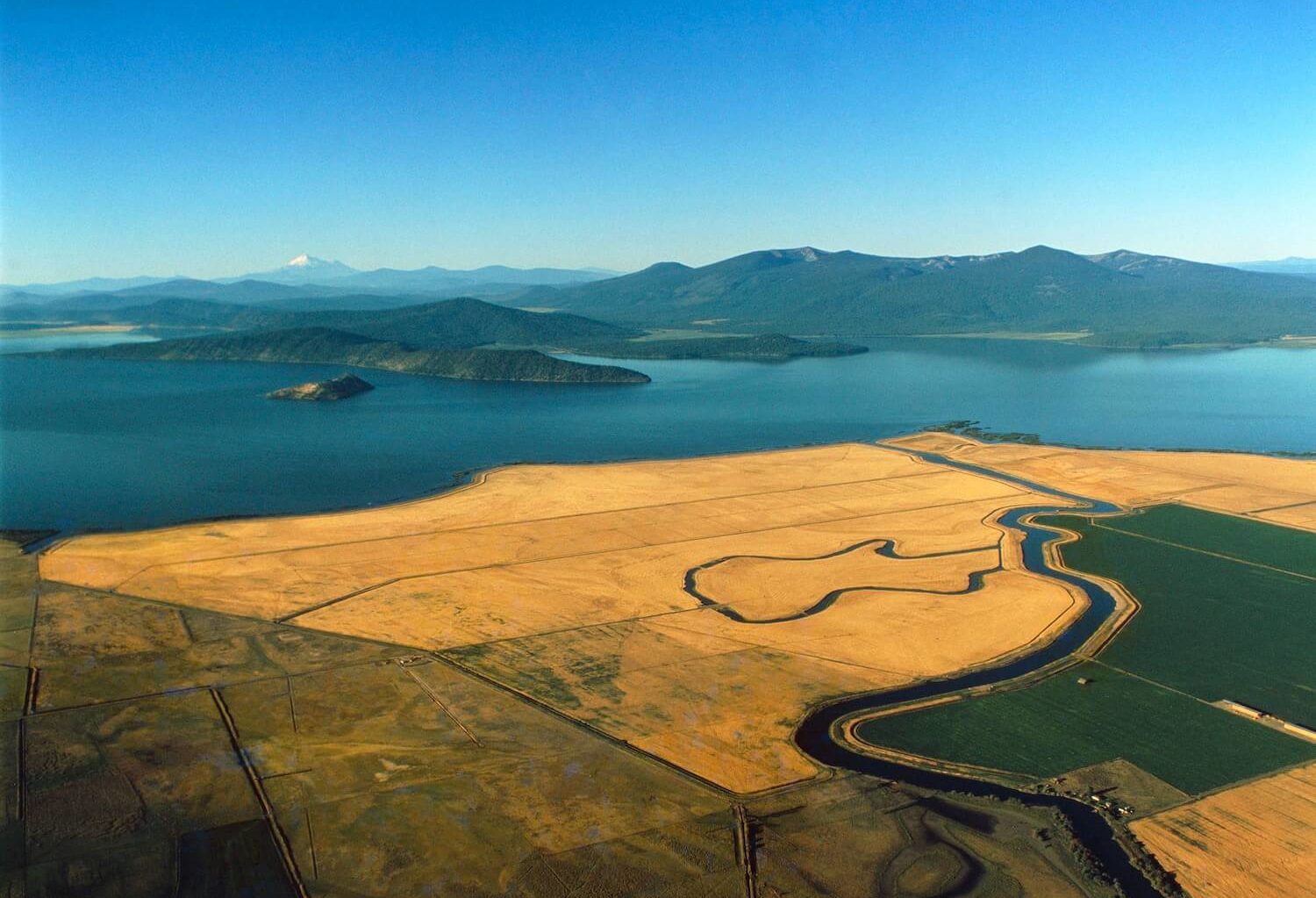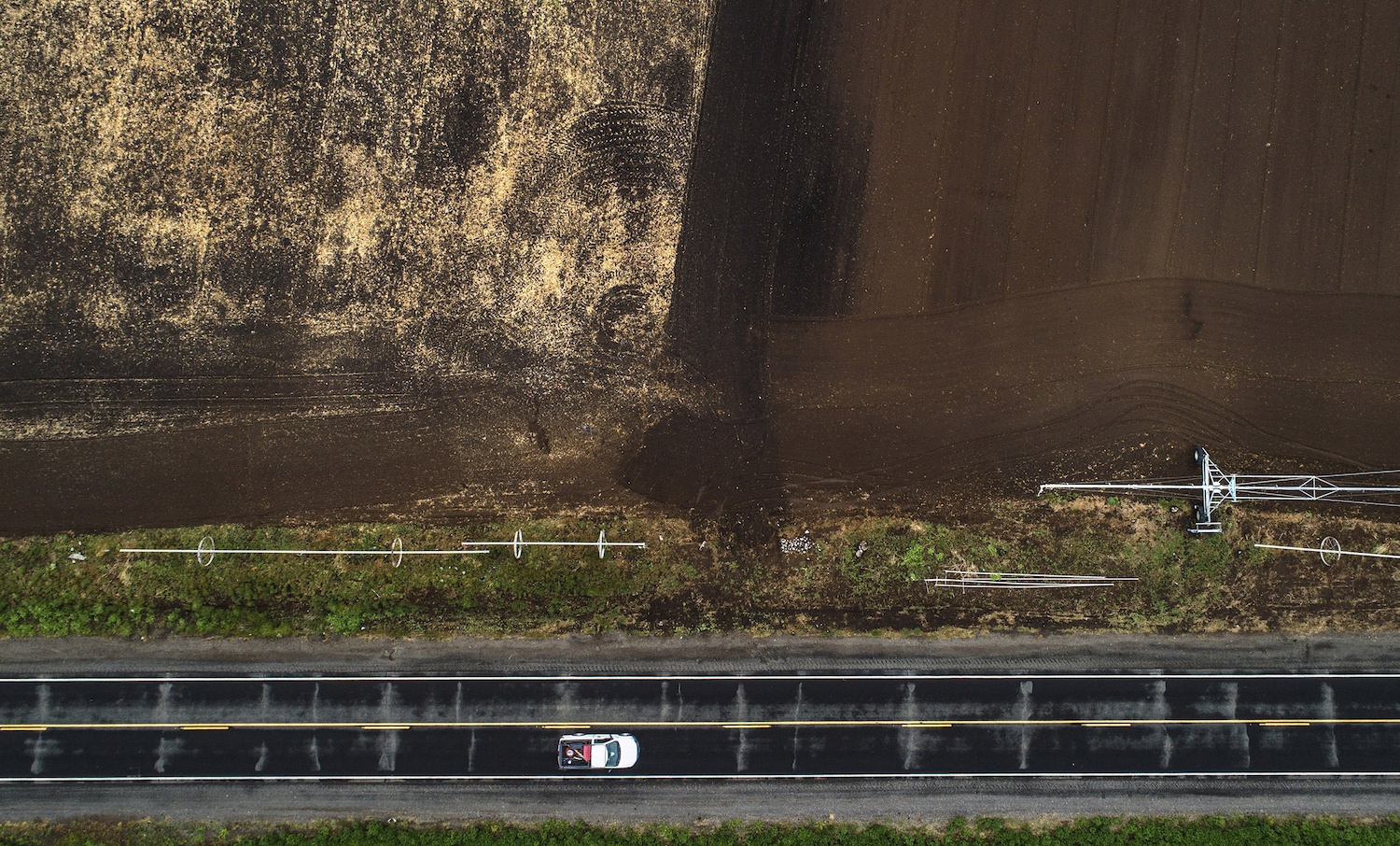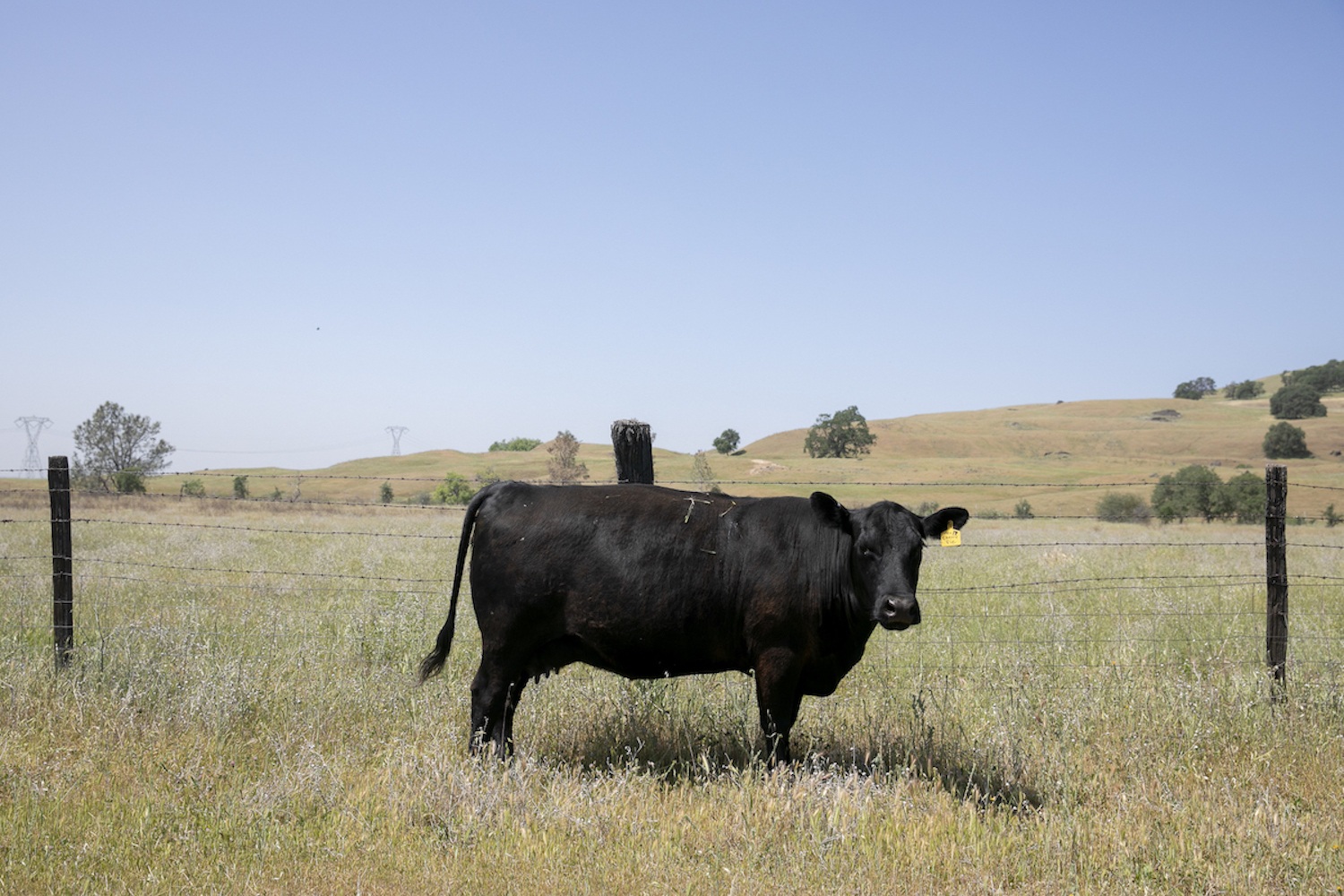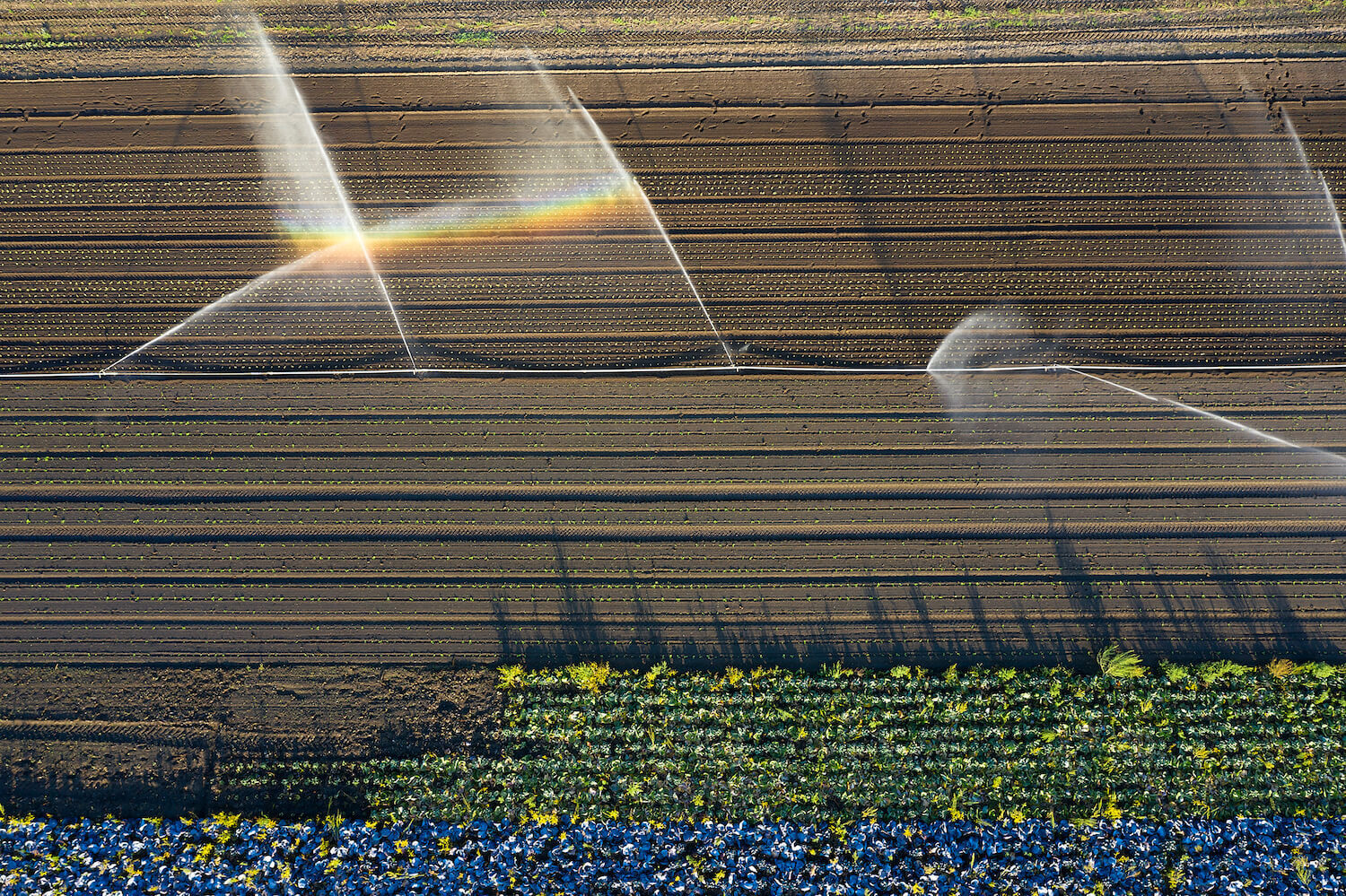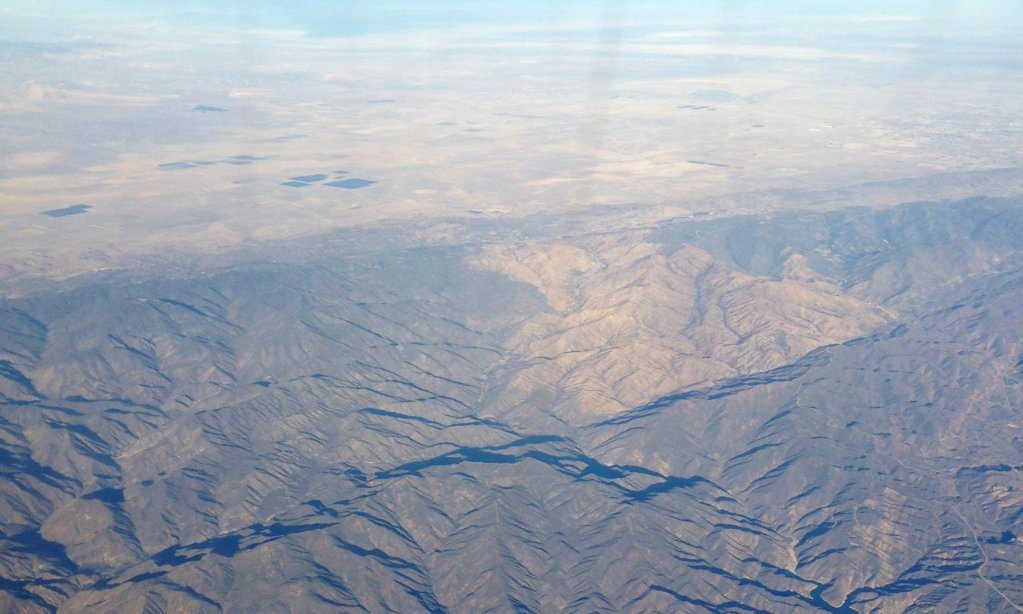As California’s drought deepens, some Central Valley farmers are selling water and letting fields go unplanted
A historic drought and diminishing groundwater levels are twin forces reshaping California’s Central Valley, the country’s most profitable agricultural belt, reports The New York Times. This year, facing unprecedented restrictions on how much groundwater they are allowed to pump, farmers and growers in some parts of the Central Valley are making drastic changes. Some rice farmers have let fields go fallow in order to sell unused water at $575 per acre-foot to water-starved landowners hundreds of miles south—a shift that’s expected to result in 20 percent less rice production in the Sacramento Valley. That’s a lot of sushi rice that won’t end up on plates. Other farmers are investing millions of dollars to create ponds and ditches to help replenish dried-up aquifers. Still others are considering replacing acres of lucrative but ultra-thirsty crops such as almonds and fruit trees with solar panel farms. These changes are expected to result in the loss of at least 535,000 acres of working farmland in the Central Valley by 2040, which will no doubt be felt across the nation’s food supplies.
